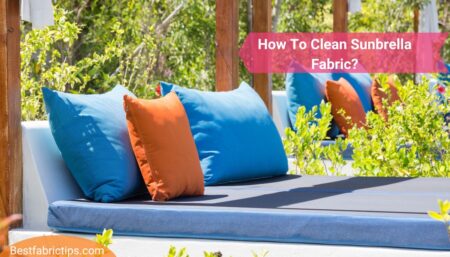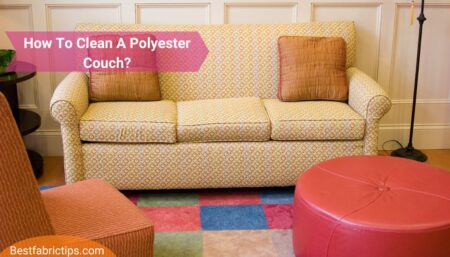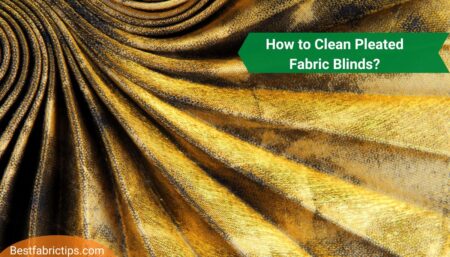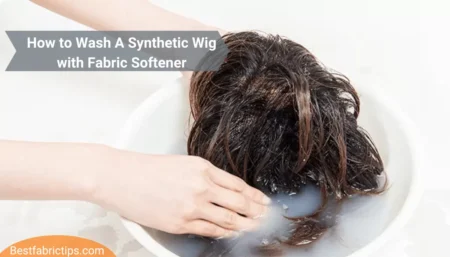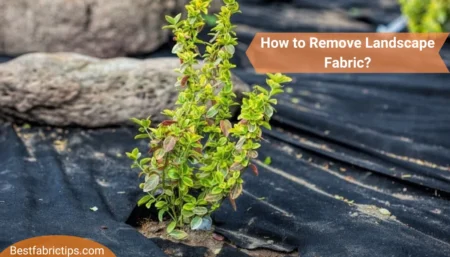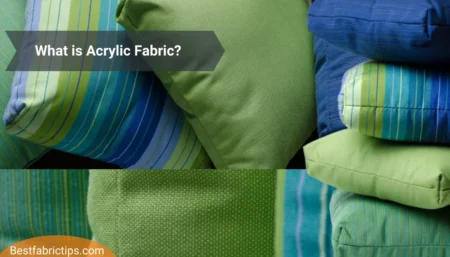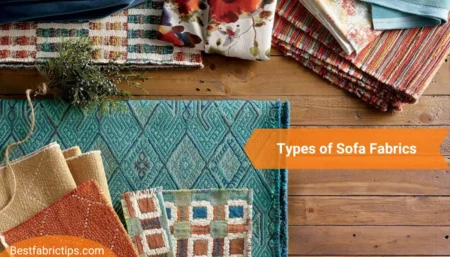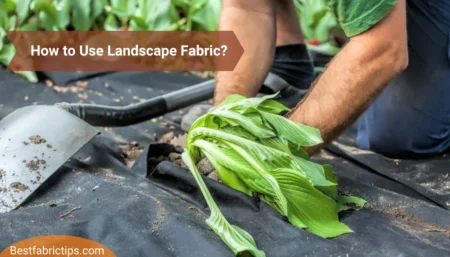If you want to know how to use Landscape Fabric, then this is all you will be needing. But before we tell how it is done, we want you to know a little more about what is a landscape fabric, and what it is used for.
A landscape fabric is typically consisting of polyester, polypropylene, linen, or recycled materials, a sheet-like material that is used for a variety of applications. Garden fabric, weed block fabric, landscape fabric, weed control fabric, and weed barrier fabric are all terms used to describe this type of cloth.
The fabric is used for retaining the moisture of the soil in the plants, prevent weed growth, maintain insulation of soil, and for preventing erosion.
Step by Step Guide: How to use Landscape Fabric?
Learning how to use landscape fabric isn’t so hard when it’s taught in steps. But this landscape laying technique will definitely make you a pro at using landscape fabric.
Step 1: Calculate the size of the region
With your tape measure, measure the size of the garden area to calculate how much landscape fabric and how many landscaping staples you’ll need to purchase. Consider this: If your garden bed is 2 feet wide and 10 feet long, you will want at least 20 square feet of landscape fabric to cover the whole surface. It’s a good idea to purchase a small amount of extra cloth so that you have enough to fold below the edges. For every one foot of garden fabric along the perimeter and in the inside space, you’ll need to purchase enough garden staples to complete the project. Garden staples are also required for each plant that is installed, as well as enough staples to cover any overhanging cloth.
Step 2: Remove existing weeds
Typically made of polyester, polypropylene, linen, or recycled materials, landscape fabric is a sheet-like material that has a range of uses and may be found in a variety of places. Garden fabric, weed block fabric, landscape fabric, weed control fabric, and weed barrier fabric are all phrases that have been used to describe this sort of fabric in various contexts. Weed-proofing cloth is typically available in rolls, which you may use to cover the whole garden area in order to construct an effective weed fence. Aside from these benefits, landscape fabric is also useful in the preservation of moisture, soil insulation, and erosion control. The vast majority of landscape textiles, on the other hand, are permeable enough to let water and oxygen reach the soil underneath them.
Step 3: Make a comb for the dirt
With your bow rake, comb through the garden bed thoroughly to gather dead weeds, dried leaves, and small twigs that have fallen. You don’t want to have to worry about installing your landscaping fabric on top of a mess!
Step 4: Make the ground level
Using your garden rake, distribute the dirt over the planting bed and level the ground once the debris has been cleared away.
Step 5: Add a soil amendment to the mix
Following the installation of your landscaping fabric, you will not be able to access your soil for a period of time. Now is the time to make any soil amendments that you may require, such as composting or fertilizing the soil.
Step 6: Lay the landscape cloth out on the ground
Your garden is now ready to be walked on by the stars. That is, the landscape carpet, to be precise. The landscape fabric should be rolled out across the whole bed, with a few extra inches of cloth left over at the bed’s edges. Do you need to roll out a number of different pieces of fabric? The material should be spread out such that each sheet has a 6- to 12-inch overlap. Weed seeds have the best chance of germinating when there is little to no overlap between the rows. Keep in mind to allow a few extra inches of fabric on the edges of your garment. Check the instructions that came with your landscape fabric to determine which side of the cloth should be facing the ground. Most landscape fabrics are designed to be used with the fuzzy side down.
Step 7: Garden staples should be hammered in
Finally –– it’s time to put all of those basics to good use that you purchased. Folding the extra material below the landscape fabric should be done starting from one end of the garden and working your way inward. However, if you’re working with woven fabric, you may find that cutting the excess material causes the cloth to fray more than you’d want. After you’ve hammered in a few staples, pull the landscape fabric taut and continue moving from one side of the garden to the other until the entire garden is covered. Keep in mind to place the staples every one foot around the edges of the cloth as well as the inside of the fabric. You’ll also need to use staples to hold the fabric together where it overlaps.
8. Plant your flowering and shrubbery plants
Now is a good time to check that your landscape fabric is tight and secure in your garden bed. After that, determine where you want to put your shrubs and flowers to bloom. A sharp utility knife should be used to make an x-shaped incision in the ground where you wish to plant your plants. Make an incision that is just large enough to accommodate the plant’s root ball. Fold back the incision so that it forms a square aperture into which you may dig your way out. To plant a root ball, start by digging a hole for it, then inserting the plant and backfilling with earth. After you’ve finished packing in the dirt, fold the triangles back down and staple them to the ground using garden staples. This procedure should be repeated for each plant you intend to add to your flower garden.
Step 9: Spread mulch on the ground
In order to create a stunning flower bed, you need to add 2 inches of mulch to the cloth. Even though this step is optional, leaving the cloth exposed can be a visual issue. Bark mulches, river rocks, and rubber are just a few of the organic and inorganic mulches that can enhance the texture and color of a garden bed.
Conclusion
Using a landscape fabric in your garden can help you not just get rid of unwanted weed growth, in fact it maintains the soil moisture as well. Moreover, it controls and maintains the temperatures in extreme cold weather, allowing plants a warm soil to snuggle. You can also use a barrier fabric to prevent heavy rocks from sinking into ground.
If you know the correct way to lay barrier fabric, it can save you plenty of time for cleaning and maintaining the garden.




